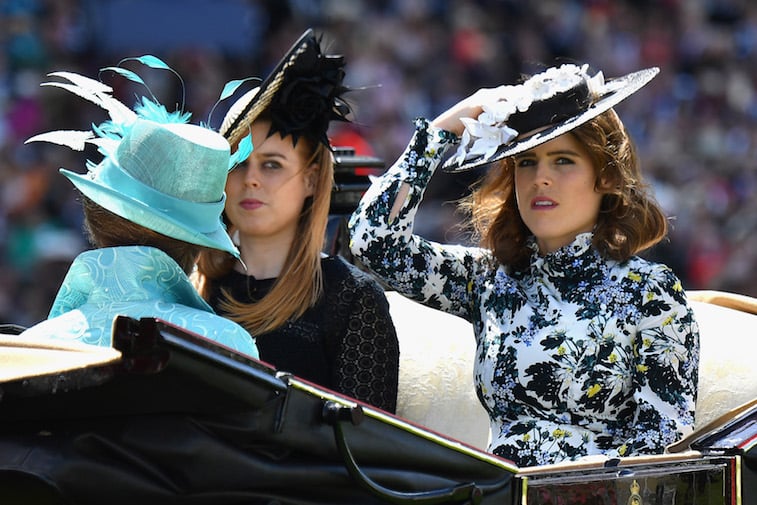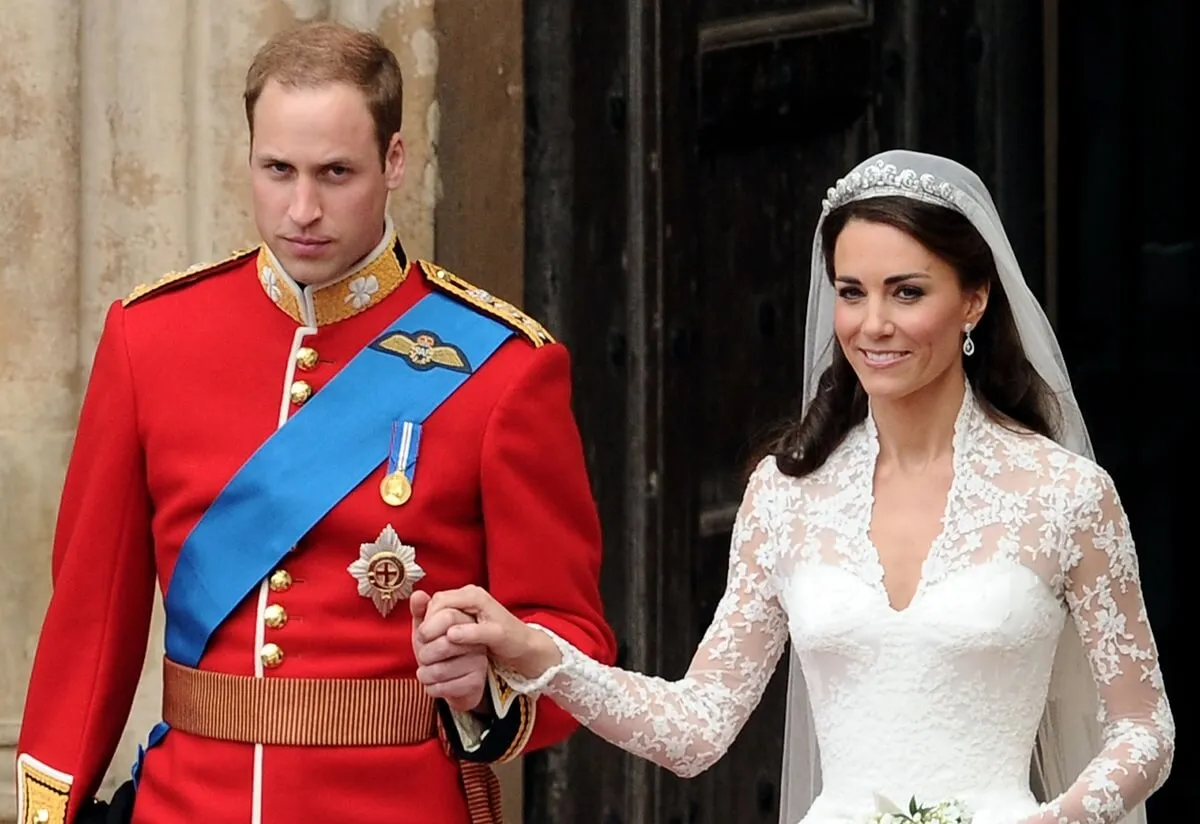What Do Princess Eugenie and Princess Beatrice Actually Do?
Amid all the news stories about Prince William and Kate Middleton and Prince Harry and Meghan Markle, we occasionally hear about their cousins, Princess Eugenie of York and Princess Beatrice of York. But who are these unfamiliar royals? What do they do exactly, and what role do they play in the royal family?

The princesses are non-working royals
Princess Eugenie and Princess Beatrice are the children of Prince Charles’s brother, Prince Andrew, and his ex-wife Sarah Ferguson (commonly known as Fergie).
Unlike Prince William and Prince Harry, the princesses are considered non-working royals. This means that they don’t have any official duties: They are not paid to represent the royal family at events, like Prince Charles, William, and Harry are.
The princesses’ father, Prince Andrew, has been trying to change this for years, advocating on his daughter’s behalf, but the royal family has continually denied his requests. This means that the princesses are required to hold private jobs in order to support themselves.
The princesses’ careers
Currently, Princess Eugenie is the Associate Director at a London art gallery called Hauser & Wirth. According to Harper Bazaar, Eugenie’s job includes planning special projects, managing events, and supporting artists in the gallery.
She said, “I’ve loved art since I was very little. I knew I definitely wouldn’t be a painter, but I knew this was the industry for me. I love being able to share my passion for art with people.”
Princess Beatrice, the older of the two sisters, currently works for the New York software company Afiniti as the Vice President of Partnerships and Strategy.
What exactly Beatrice does at Afiniti has been a source for speculation. The Daily Beast theorized that because Princess Beatrice is an excellent networker with fabulous name recognition, she acts as a brand ambassador for the company, representing it to investors.
Charity work of Princess Eugenie and Princess Beatrice
While holding down full-time jobs, both princesses also use their family name to raise money for charity. Both women have a long list of charities they have been a part of.
Princess Beatrice grew up with dyslexia, so she often focuses her charitable work on organizations involved with dyslexia and learning difficulties. She is a patron of the Berkshire Community Foundation, Forget Me Not Children’s Hospice, Helen Arkell Dyslexia Centre, and The Edinburgh Children’s Hospital Charity, among others.
Princess Eugenie had scoliosis as a child, for which she underwent back surgery to correct. Because of this experience, the princess often works with others dealing with this condition. She is a patron of the Royal National Orthopaedic Hospital redevelopment appeal, The Big Cat Sanctuary, Horatio’s Garden, and many more.
Although the princesses support many charities, their role in the royal family is very different from Prince William or Harry. Both princesses offer these services on their own, not in service to the monarchy. After all, neither princess has an individual profile on the royal family’s website.
Elaborate vacations and lifestyle
Princesses Eugenie and Beatrice are often criticized for the number of vacations they take. To many, it seems the princesses do more vacationing than working. Some of their luxurious trips include partying in Ibiza, yachting in St. Barths, skiing in Switzerland, shopping in New York City, and weekends in Greece. They’ve also been known to bring along famous friends, such as singer Ellie Goulding and model Karlie Kloss.
But even with all these luxurious vacations, the public can rest easy knowing it isn’t the taxpayer footing the bill. The princesses aren’t supported by the Sovereign Grant, the tax-funded amount given to the Queen to support her official duties. What they do have is large trust funds. It’s estimated the trust funds are worth around 18 million pounds.
Navigating life as a semi-royal can’t be easy. The women still have to live their life in the public eye without the perks with working royals receive. On the other hand, with 18 million in trust funds, it can’t be that hard either.



